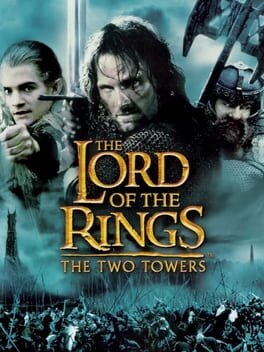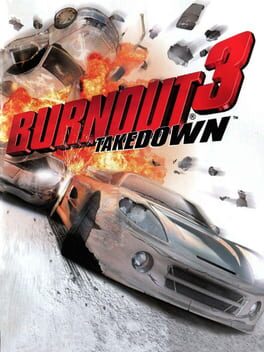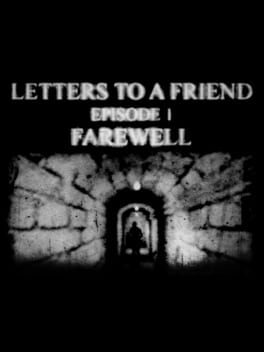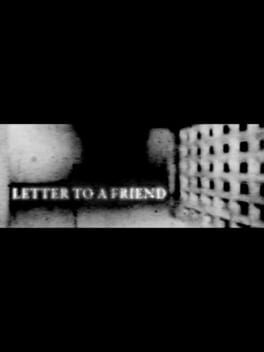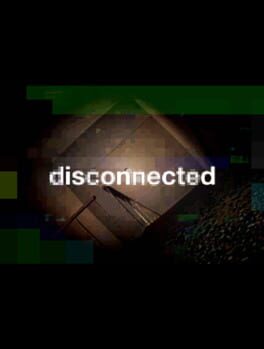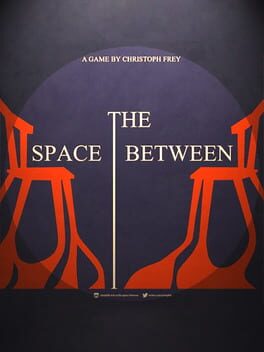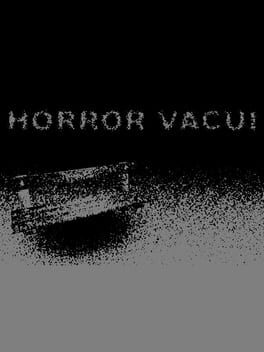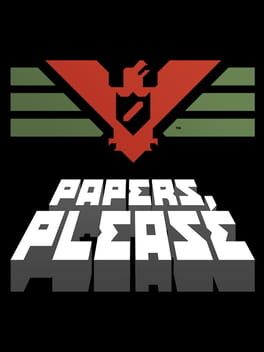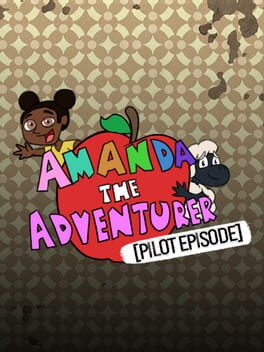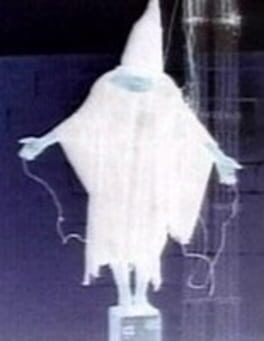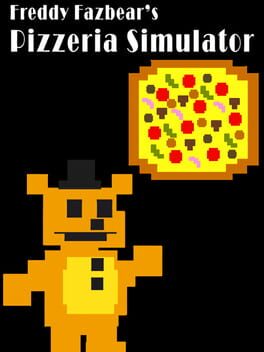skythesheep
After what seems like a decade trying to get through this game due to a frustrating single-player experience, I have finished (outside of two Act II levels, which I will grind through at some point) with all three trophies. The heist/stealth/puzzle aspects are addicting when the design elements do not conflict with what was meant for cooperative play. That piano score and the graphics, too, please when chaos erupts from an alarm or a guard sees the player. Hopefully the sequel will make both sides of play balanced where this is lacking.
This is how you adapt a film with absolutely not enough development time while focusing on gameplay that just works. Featuring four distinct characters (I prefer Legolas and Aragorn), The Two Towers renders the two films with shocking devotion to atmosphere and a population density which seems shocking during the Helm's Deep level. It's too easy to cheese the combat, but you get what you get with some complexity and plenty of replayability. I might have to finally play The Return of the King to see if that's the improvement I hear it is.
With its okay replication of the film and actually challenging collectables (some still remain unfound), The Chronicles of Narnia: The Lion, The Witch, and The Wardrobe makes for some easy entertainment whose clear attention to children over adults, unlike the vastly superior Lord of the Rings games from EA in 2002 and 2003, leaves the overall game in a state of simple routine button-mashing.
2004
Among many gamers' considerations for the best racing games, Burnout 3: Takedown excels when focusing on its myriad Crash events while suffering (at least in getting all gold medals) when its inconsistent physics system makes races an inferior half during the late-game events, notably the last Grand Prix and its horrendous F1-type car. Thankfully, the soundtrack is a full of enjoyable background tunes when not interrupted by the annoying DJ Striker, who I turned off alongside the Takedown camera after so much repetition. Need for Speed: Most Wanted remains my favorite, but this is spectacular at enough times to challenge my general distaste for the genre.
Anyone with a passing knowledge of silent cinema and, especially, Nosferatu might begin to connect the relationship of German Expressionism to Frey's latest game, Letters to a Friend: Farewell, the initial episode in an anthology of stories bound by the aesthetics of silent projection, the eerie grain of the audio track, the smudgy film stock, and the movement of the reel. As with his prior work, the slow, methodical pace envelops the player within the grasp of an unknowable terror and anxiety which never rears its head with the jump scare nor the obvious horrors expected of a situation. The notary assistant's drive and his time within the home he must receive a testament upon leech tropes well known, yet the unraveling situation features a form of grief and abuse reserved to a domestic space which scares in its repeated investigation by the player. Frey's games are not for the impatient nor those incapable of putting the slightest effort into interpretation and understanding where abstraction and the unspoken leave room enough for players to form such thoughts for his games. Letters to a Friend: Farewell is no different, and its encompassing exploration of a home and its resident function a transgressive refutation of the horrors the game's aesthetics draw from, in particular Nosferatu and, in some fashion, Murnau's later non-horror film, Sunrise: A Song of Two Humans.
While it bears the expressionistic horrors of unrestored silent cinema, "Letter to a Friend" is better compared to the likes of E. Elias Merhige's Begotten and the recent trend of analog horror. Frey uses the iconic train station (one of cinema's first icons) and its desolate space at night to conceive a nightmare penned with the intertitles of the protagonist's letter. The game is an incredible mood piece as it uses established spaces to craft painterly depictions of fear related to the cinematic frame and its projection. I am excited to see how Frey progresses with this aesthetic in his sequel project (seemingly incomplete beyond its initial episode released in 2021).
2017
Featuring the pixelated presentation of the smartphone camera, filmed for no discernable reason, Frey's Asylum Jam 2017 entry "Disconnected* is, especially with his explanation on the game on Tumblr, an intriguing discombobulating piece on the distinct vacuum between physical and digital worlds and realities. The inherent aspects of a game made in 48 hours are belied by the formidable ambience of an apartment building realized with strange scale as a result of the camera's lens. Nevertheless, the game's ending barely exhausts the possibilities Frey could follow these themes and concepts with further games (The Space Between shows close resemblance to the Frey's intentions except without the digital communications).
Ignoring my sheep bias, Amanda the Adventurer expands upon the demo/"Pilot Episode" with its compelling use of childhood nostalgia for pseudo-interactive kids media (Dora the Explorer, Blue's Clues) as actual interactive media, terrifying with notions of choice which disintegrate upon the whims of the eponymous antagonist. Wooly is right in his terror when unnamed, unspoiled horrors await him in the artificial light of the animated television show featuring his lovely, adorable, not at all scary friend, Amanda. The game has its clear production issues in terms of a rapid development (taking only about a year to create) which lessens the scope of its puzzles and environmental scares, but, in all, this is a wonderful time most suited for myself as it accomplishes what could never be conceived of when watching (and mocking, as older viewers will) children's TV shows of the late '90s and early '00s.
2019
The interplay of intimacy, space, perspective, and barriers form the moody horrors of Frey's The Space Between as surrealism pervades the opaque normalcy of a world turned into hell, accompanied by a descent necessary for this transformation. Protracted sequences of dialogue and walking affirm the intensity of spaces between player and game, spectator and spectacle, audience and actors, which dread the enclosing fragmentation of existential anguish and death: walls not made out of matter. The designer's score, too, sees advanced development from his 2012 "Horror Vacui" to suit the less experimental but no less artistic form Frey's horror becomes in this exceptional game. A deserving Nuovo Award winner, The Space Between enters among my favorite games of 2019 for achieving in 40 or so minutes what most games need 10x or more time (let alone that in resources for graphics, gameplay mechanics, voice acting, etc.) to replicate.
2012
Christoph Frey's "Horror Vacui" encapsulates its eponymous fear of empty spaces. Less curious players might simply describe the game as a tedious walking simulator in the screen noise of the television, but the intentional provocation of a sedate walking speed within changing rectangular spaces, sometimes entirely empty and at others filled with an object or two, determines an experimental mode of terror successful in promoting the ambiguous perspective of the comatose patient. Memories pertaining to these objects—childhood and domestic spaces rendered without a complete grasp of the protagonist's age—linger with the persistent ambient noises (like mechanical breathing) and occasional music to punctuate the atmosphere of the unknown, filtered with the screen grain as a means of understanding each room, its walls and doorways. "Horror Vacui" is a ponderous experiment, certainly boring at times, yet entirely evocative enough to warrant the thirty minutes or so necessary to feel the experience as complete—despite how incomplete it must be to surmise a grave existence.
2013
Bureaucracy and an authoritarian government compel the player to fight the urge to perform routine and depersonalized border duties with respect to the law in Lucas Pope's Papers, Please. Oh, how every soul who yearns to enter what is seemingly one of the least egregious countries of this faux Eastern European landscape haunts my mind when I stamped DENIED to their faulty documents or simply flawed by human error out of my control or to the excuses (humane or not, true or false), and by ignoring their humanity, I became the model of state control. With its addicting simplicity to an increasingly complex amount of information to scan while adding black humor to the horrific tale of oppression and underground revolution, Papers, Please is no doubt a significant masterpiece of the indie space beginning to burst from the AAA industry during the late '00s and early '10s.
2023
Defined by the immigrant experience in Canada while also offering the warmth, comfort, and connections provided by one's cultural background, particularly in cooking, Venba inspires with delightful animation and a hunger-inducing series of gameplay sequences to carry a brief generational drama concerning a Tamil couple and their son. So little is said (perhaps too much) where the actions of deduction allow a decades-spanning story its gracious moments of happiness during distress and occasional food for thought when the future dares to assimilate and destroy the very things one grows to know. There's a little too much quaintness in its storytelling (a random act of violent discrimination, the Ratatouille epiphany, blunt bedroom conversations) to truly feel absorbed in this world. Nevertheless, the clear love and dedication by an indie team aware of its roots serve Venba in ways few experiences could ever provide just plopping the player into a traditional Indian world.
Though rudimentary in comparison to its full release, "Pilot Episode" establishes the clear link to a form of nostalgia toward children's television shows and the pseudo-game their protagonists often begin through active viewing by questioning the viewer. The horror lies in breaking the pseudo-game, now an actual game, by interacting with objects and locations not desired by the protagonist (in this case, Amanda) and witnessing the results of the viewer's rebellion. Real interactivity in this manner conveys the similar disregard the aging child/teen/adult likely holds upon watching these shows, so the ease by which these developers harness an innate terror within the intersections of two distinct mediums, video and videogame, is a considerable promise for the full release which expands these elements in ways furthering the viewer's/player's breaking of the original pseudo-game.
2007
The nature of complicity with media makes Rendition an interesting attempt to question interactivity with horrid violence, yet the assumptions necessary to provide this mechanical, turgid, thesaurus-seeking text adventure the political agency to advocate for its self-reflexive intentions are little met when boredom overwhelms where terror and nausea should. I admire what this game could be far more than what it actually is.
Did not finish it due to an ear infection and not wanting to deal with audio cues, so I just watched the last two days from Markiplier; but the success of FNAF 6 relies on its increased humor and an ending which (while hard to connect without all the secret lore in the game) satisfies in about the same manner as a Saw film ending. The game mechanics are clearly shoddy yet excusable for being free. Despite my issues with how Cawthon has essentially made the entire series so far a Afton family drama and not relied on the ambiguities before such information, FNAF 6 manages to tie the OG storyline up in a manner I can enjoy with my subtextual interpretation regarding capitalism oriented toward children.

